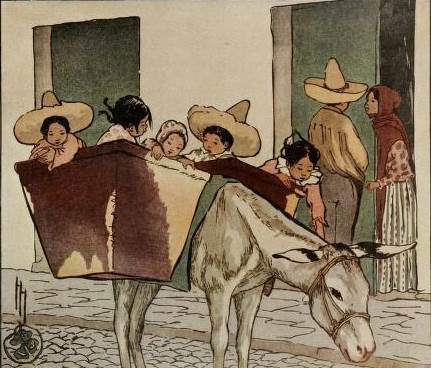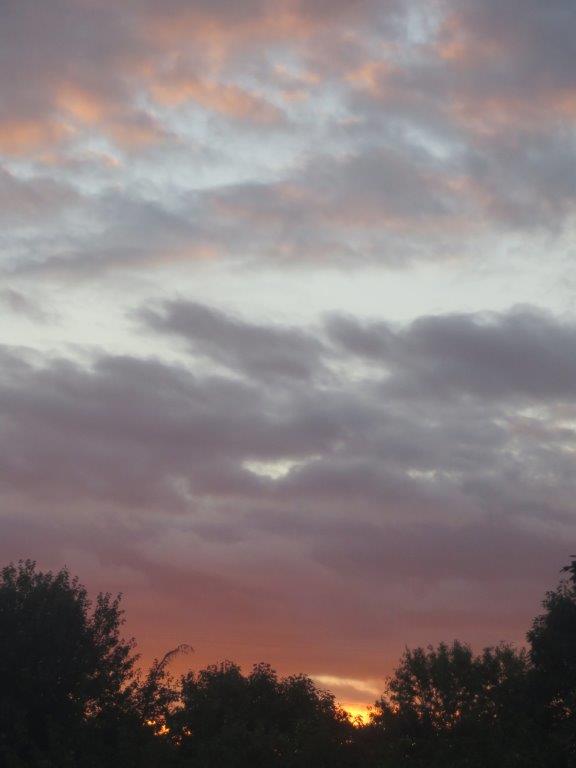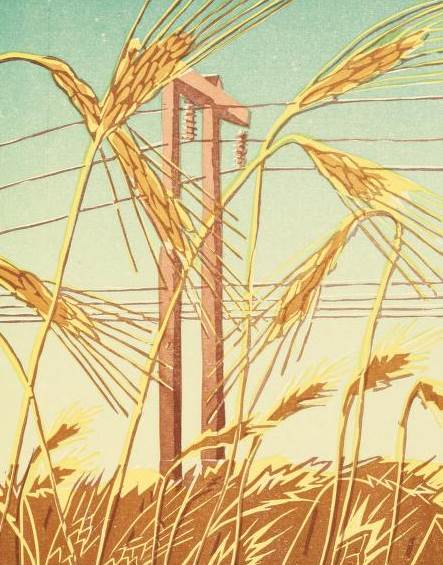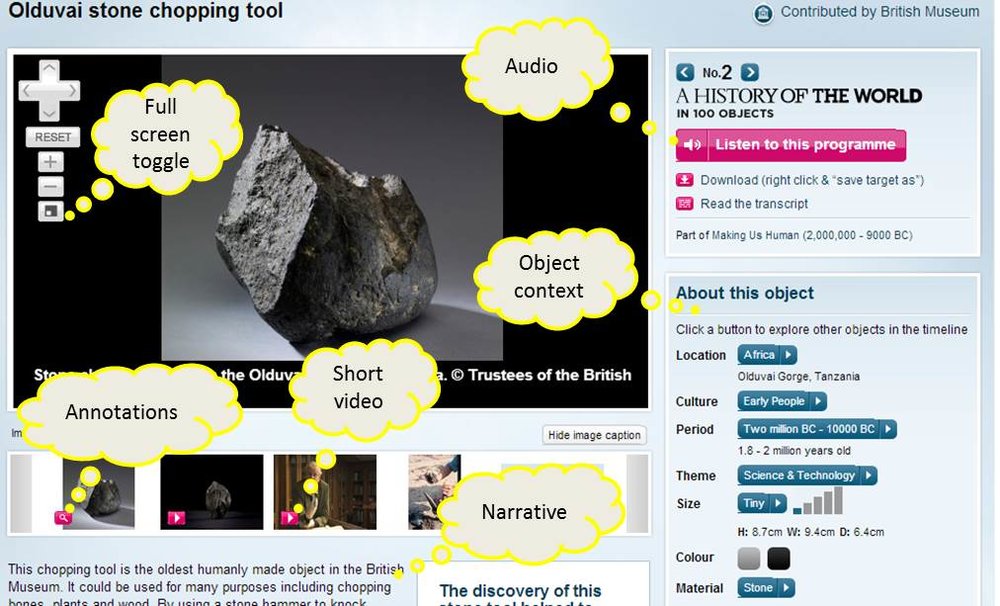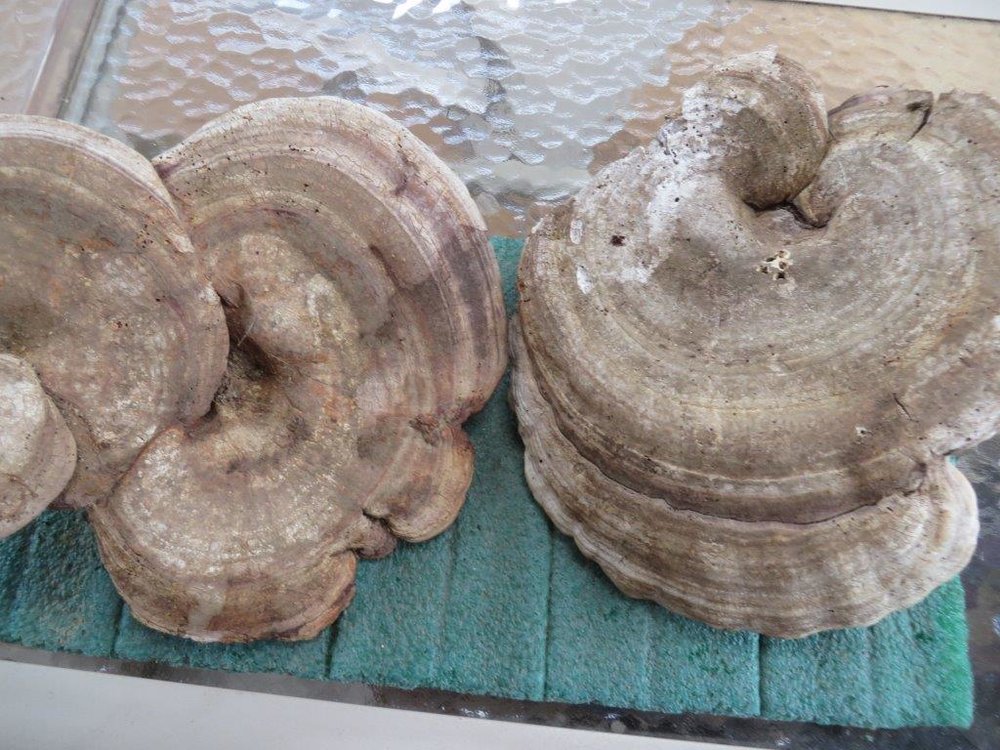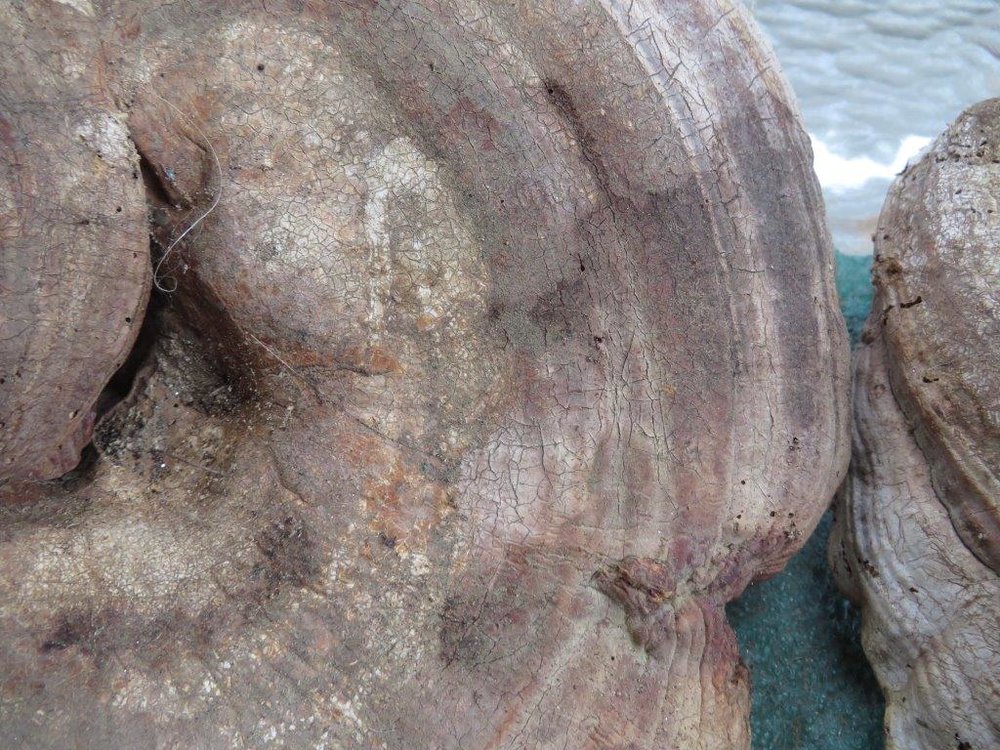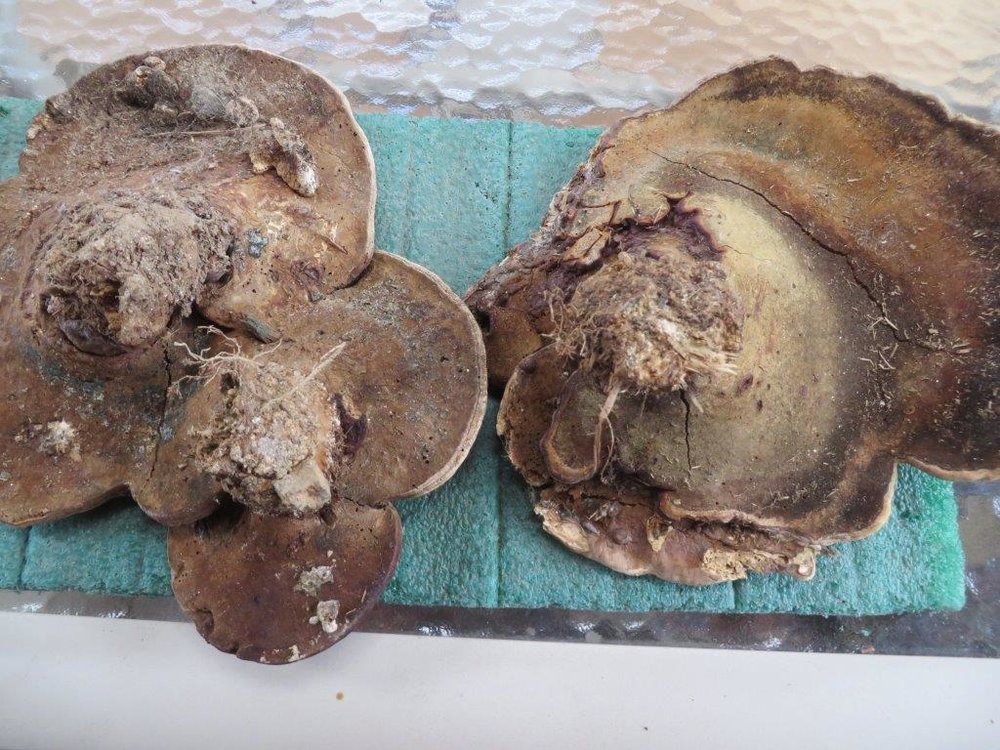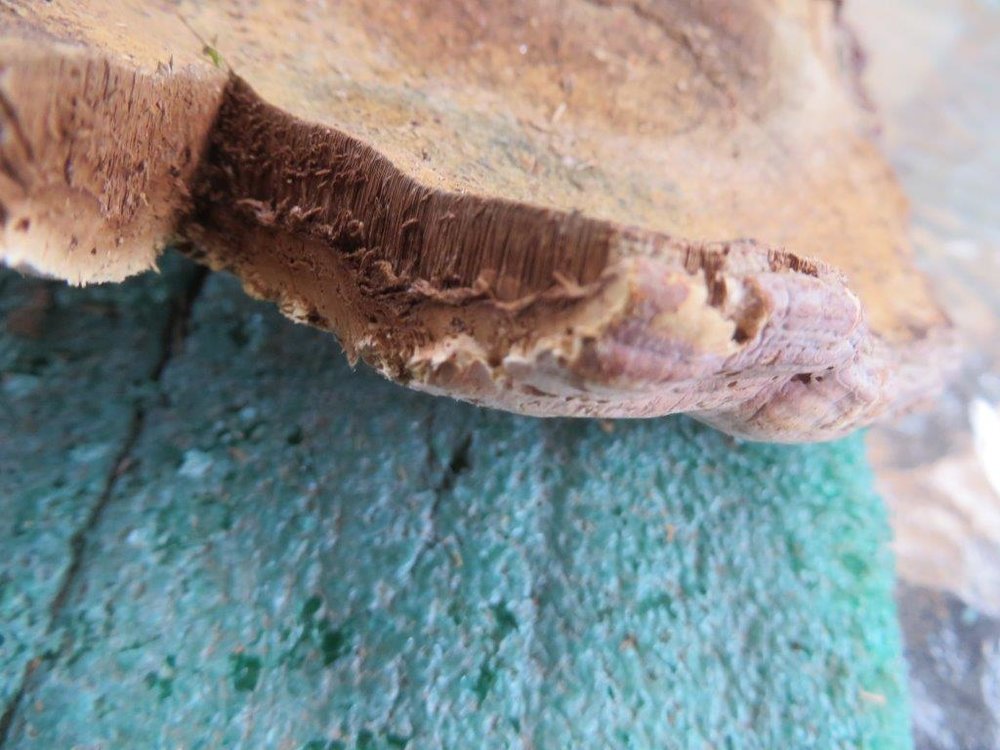Becoming 60 - Part II
/Part I of this series on becoming 60 was posted almost a month ago. I was prompted to write about what I was thinking as I approached by 60th birthday this year after reading May Sarton’s book about the same time period in her life. In this second post on the topic - I am focusing on how I see this time as the staging for the rest of my life in a similar way that my early 20s were the staging time for my career. The new staging was initiated by leaving a 40 year career behind and beginning to make choices about the future I wanted rather than simply proceeding the same way my career decisions of 40 years ago directed. There are similarities between now and when I was in my early 20s:
- Lots of decisions in a short period of time
- Perceiving an abundance of opportunities
- Good health
There are some differences too:
- Decisions made early in my life (like college major, when/who to marry, when/if to have children) tended to be narrowing while now the decisions tend to be broadening.
- Financial considerations were high on the list for most decisions in my 20s; now they are still a consideration but they are not major and often not limiting.
- Now I am more aware that the elders that have known me my whole life will not be there for my whole lifetime and that awareness influences my decisions about spending time with them.
I’m not nearly at the end of the bevy of decisions but there are themes that are emerging.
Getting rid of excess baggage. The initial aspects have been in terms of my weight and the years of accumulated stuff filling up the house. But I see this theme continuing - moving to a house that is better suited to our needs (and not as large), thinking about the number and kind of vehicles we need, etc.
Building in variety. Change and life are so mingled; finding a comfortable amount of variety is probably one of the keys to happiness and, for me, I am happiest when I make choices about at least some of the changes coming my way. Continuing to taking Coursera courses - and looking for other similar learning opportunities - is one way to build in variety. Volunteering is a wonderful way to meet new people and ‘do good’ for the community at the same time. Taking classes and volunteering are probably going to be the pillars of change I choose over the next few years but I also hope there are some happy surprises too. What if I become a grandmother?
Reducing waste. Over the past few years, I have become more conscious of waste related to lots of things - but food is the one I have done the most about. Being very aware of getting the most from the food I buy:
- Eating food before it spoils and has to be thrown away. This requires that food is purchased in a way that it can be easily consumed within the time is fresh.
- Paying attention to food preparation so that there are few that are ‘failed’ (i.e. no burned toast, no muffins where a key ingredient was left out, etc.).
- Learning to freeze portions to eat much later if I won’t be eating it quickly enough otherwise. I’ve even learned to freeze sliced bananas if I buy too many to eat fresh (they make excellent additions to smoothies).
- Not buying non-foods (like soft drinks and other foods that have calories but no nutritional value otherwise). In my mind, these have become ‘waste’ because they have no value to my body but leave behind plastic (or aluminum). Yes - recycling is better than trash but it is still waste. Why should we even have items to recycle for non-foods?
In the first post in the series I ended by saying that I perceived the future as bright. I’ll add to it this month: I am enthusiastic about becoming 60. It is a great age to be in 2013!





